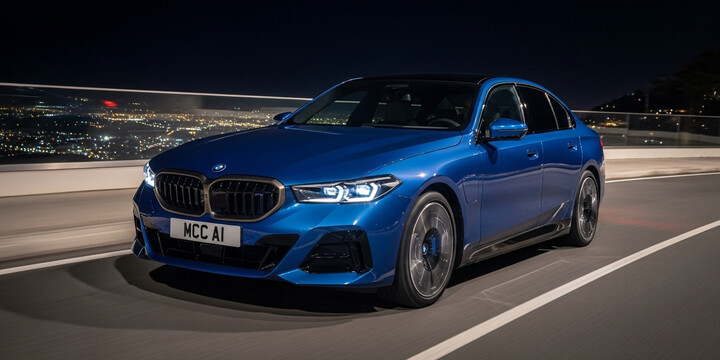
BMW I5 TOURING (2024-)
The BMW I5 TOURING (2024-) is an innovative and stylish electric wagon designed for drivers seeking a practical yet premium vehicle. As a versatile estate car, the BMW I5 TOURING offers spaciousness for families or those needing extra cargo capacity, making it an excellent choice for daily commuting, weekends away, or errands. Its sleek, modern design combined with cutting-edge electric technology sets it apart in the UK market, appealing to environmentally conscious drivers who don’t want to compromise on comfort or style.
What makes the BMW I5 TOURING (2024-) particularly notable is its reputation for reliability, performance, and advanced features. With a strong finish and elegant interior, it’s well-suited for those looking for a premium electric vehicle that balances practicality with a superior driving experience. Its popularity in the used car market is reflected in an average private sale valuation of around £57,918, with recent models typically clocking up just over 54,000 miles. The BMW I5 TOURING (2024-) stands out among its rivals for its combination of spaciousness, innovative tech, and the brand’s renowned quality—making it a compelling option for families, professionals, or those eager to embrace electrification without sacrificing luxury.

average use
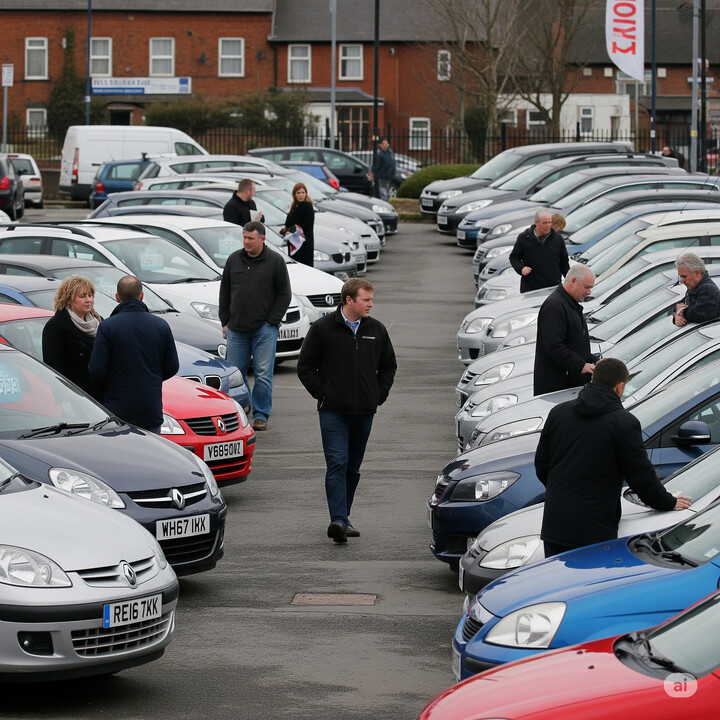
The data indicates that the vast majority of the recent mileage checks for the BMW I5 TOURING (2024-) vehicles show very low mileage, with 98.6% recorded between 0 and 10,000 miles. Only a small fraction, 1.4%, have mileage between 100,000 and 110,000 miles. This suggests that most of these vehicles are relatively new or have been driven very little so far, which could be indicative of low usage or recent registration.

vehicle values
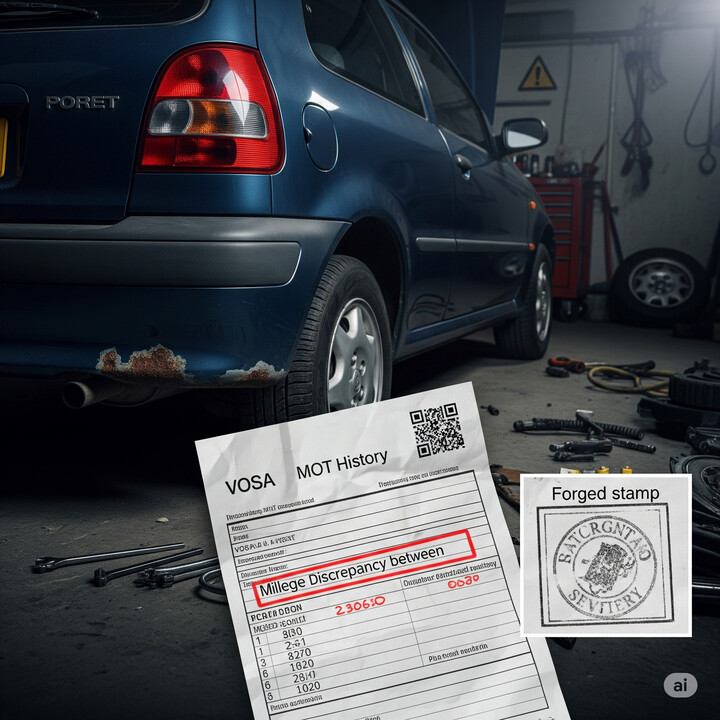
The data presents private sale percentage valuations for BMW i5 Touring (2024-) across a range of price brackets. Notably, the highest proximity (around 8.7%) occurs in the £48,000 to £49,000 range, indicating a relatively volatile area. Most other price brackets show low variation, typically around 1.4% to 5.8%, suggesting stable valuations within these ranges. Interestingly, some higher price ranges, such as £50,000 to £60,000, exhibit consistent lower percentages (around 1.4% to 4.3%), which may reflect more standardized market expectations for these prices. Overall, the data indicates a generally tight variation across most brackets, with sporadic increases in the mid-range values that could imply dealer or buyer sensitivities at certain thresholds.

production years
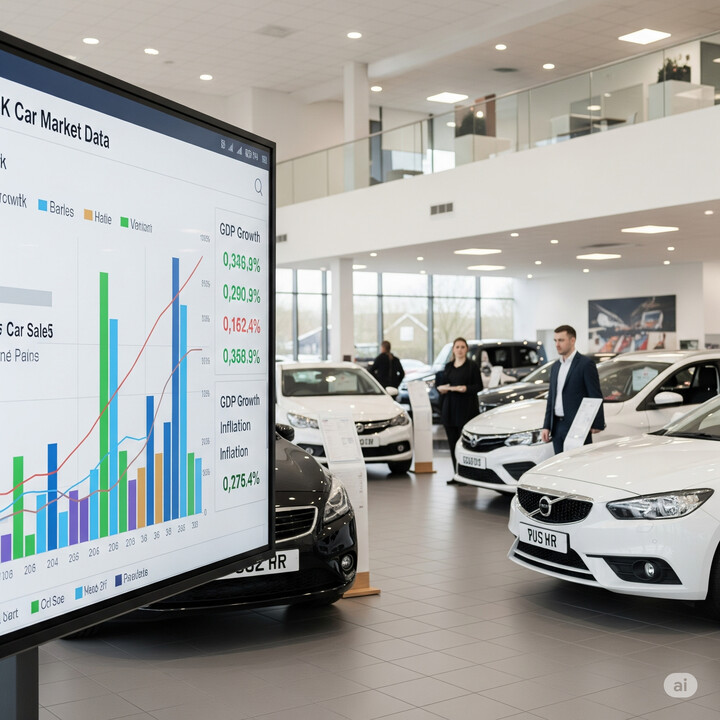
The data indicates that among BMW I5 TOURING vehicles from 2024 onwards, approximately 61% are manufactured in 2024, with the remaining 39% produced in 2025. This suggests that a significant portion of the fleet is relatively new, with most vehicles being from the current model year, while a notable share is from the following year, reflecting a distribution that likely corresponds to the production and delivery timing of this model.

colour popularity
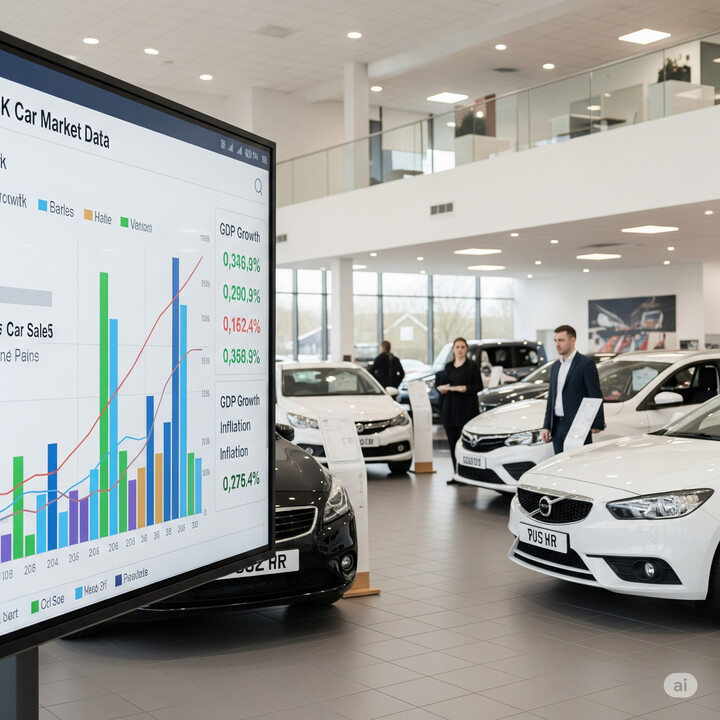
The data indicates that the most common main paint colours for the BMW i5 Touring (2024-) are grey (31.9%) and black (27.5%), making up the majority of vehicles in this sample. Blue is also popular, representing 20.3% of the fleet. In contrast, white (4.3%) and red (7.2%) are less common, while green is relatively rare at 8.7%. This suggests a preference for neutral and darker tones among owners of this model.

ownership cycle

Based on the data, the majority of BMW I5 TOURING (2024-) vehicles have had just one registered keeper, accounting for 84.1%. A smaller proportion, 8.7%, have had two registered keepers. Additionally, 7.2% of the vehicles have an unknown or unspecified number of registered keepers. This suggests that most of these vehicles tend to stay with the original owner for an extended period, indicating potential reliability or owner satisfaction with the vehicle.

engine choices

The data indicates that all BMW I5 Touring vehicles currently available are fully electric, with no information available regarding their engine capacity. This suggests a consistent, battery-electric profile for this model, reflecting the recent shift towards electric mobility. The lack of engine capacity data is typical for electric vehicles, which do not have traditional internal combustion engines.












